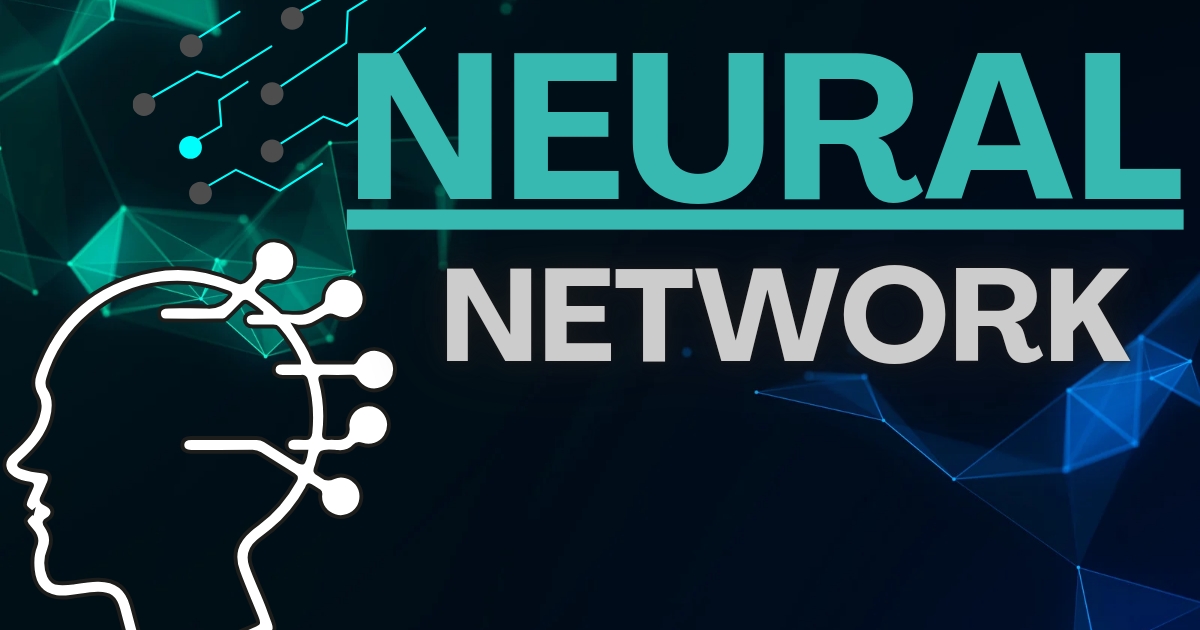Neural Network : A computer system modeled after the structure and function of the human brain, composed of layers of interconnected nodes or “neurons” that process and transmit information, allowing the system to learn, represent, and generalize complex data patterns, make predictions, and perform tasks such as classification, regression, clustering, and generation.
Table of Contents
In simpler terms:
Neural Network: A computer system that mimics the brain’s structure and function to learn from data, recognize patterns, and make decisions or predictions.
How does Neural Networks work?
Neural networks work through a combination of algorithms and mathematical processes to recognize patterns, learn from data, and make predictions or decisions. Here’s a step-by-step explanation:

Step 1: Data Input
- The network receives input data, which could be images, text, audio, or any other type of data.
- This data is fed into the network as a series of numbers, called vectors.
Step 2: Forward Propagation
- The input data flows through the network, layer by layer.
- Each layer consists of artificial neurons (nodes) that apply weights, biases, and activation functions.
Step 3: Neuron Calculation
- Each neuron receives input from previous neurons.
- Weights are applied to the inputs.
- Bias is added.
- Activation function introduces non-linearity.
Step 4: Activation Functions
- Common activation functions include ReLU (Rectified Linear Unit), Sigmoid, and Tanh.
- These functions determine the output of each neuron.
Step 5: Output
- The final layer produces the predicted output.
- This output is compared to the actual output (label).
Step 6: Error Calculation
- The difference between predicted and actual output is calculated.
- This error is used to adjust weights and biases.
Step 7: Backpropagation
- Errors are propagated backward through the network.
- Weights and biases are adjusted to minimize error.
Step 8: Optimization
- Optimization algorithms (e.g., stochastic gradient descent, Adam) adjust weights and biases.
- Goal is to minimize the error.
Step 9: Training
- Network is trained on labeled data.
- Multiple iterations improve accuracy.
Step 10: Deployment
- Trained network is deployed for inference.
- Makes predictions on new, unseen data.
Neural networks are incredibly powerful tools for machine learning, enabling computers to learn from data and make accurate predictions.
Key Components of a Neural Network:
- Artificial Neurons (Nodes): These are the basic computing units that receive, process, and transmit information.
- Connections (Synapses): Neurons are connected, allowing information to flow between them.
- Weights: Each connection has a weight, representing the strength of the signal transmitted.
- Bias: Adjusts the output of each neuron.
- Activation Functions: Introduce non-linearity, enabling the network to learn complex patterns.
Types of Neural Networks:
- Feedforward Networks
Data flows forward, no feedback loops
Used for:- Classification
- Regression
- Simple pattern recognition
- Recurrent Neural Networks (RNNs)
Feedback connections allow information to flow in a loop
Used for:- Sequential data (time series, speech, text)
- Natural Language Processing (NLP)
- Long Short-Term Memory (LSTM) networks
- Convolutional Neural Networks (CNNs)
Designed for image and video processing
Use convolutional and pooling layers
Used for:- Image classification
- Object detection
- Image segmentation
Applications of Neural Networks
- Image Recognition
- Object detection
- Facial recognition
- Image classification
- Self-driving cars
- Natural Language Processing (NLP)
- Sentiment analysis
- Language translation
- Text summarization
- Chatbots
- Speech Recognition
- Voice assistants
- Transcription services
- Voice-controlled devices
- Predictive Modeling
- Forecasting
- Time series analysis
- Recommendation systems
- Risk analysis
- Autonomous Systems
- Self-driving cars
- Robotics
- Drone navigation
- Autonomous drones
Conclusion
Neural networks are powerful machine learning systems inspired by the human brain. By mimicking its structure and function, neural networks can learn from data, recognize patterns, and make accurate predictions. With various types, including feedforward, recurrent, and convolutional networks, they have numerous applications in image recognition, natural language processing, speech recognition, predictive modeling, and autonomous systems. As technology advances, neural networks will continue to play a vital role in shaping the future of artificial intelligence.
Read More : Li-Fi : Wireless Communication Technology
FAQs on Neural Networks
1. What is a Neural Network?
A neural network is a computer system inspired by the human brain’s structure and function, composed of interconnected nodes (neurons) that process and transmit information.
2. How do Neural Networks Learn?
Neural networks learn through a process called backpropagation, where errors are propagated backward to adjust weights and biases, minimizing the difference between predicted and actual output.
3. What are the Types of Neural Networks?
The main types of neural networks are:
- Feedforward Networks
- Recurrent Neural Networks (RNNs)
- Convolutional Neural Networks (CNNs)
4. What are the Applications of Neural Networks?
Neural networks have various applications, including:
- Image Recognition
- Natural Language Processing (NLP)
- Speech Recognition
- Predictive Modeling
- Autonomous Systems
5. What is the Difference between Deep Learning and Neural Networks?
Neural networks are a subset of machine learning, while deep learning is a subset of neural networks. Deep learning refers to neural networks with multiple hidden layers, enabling complex pattern recognition and learning.
